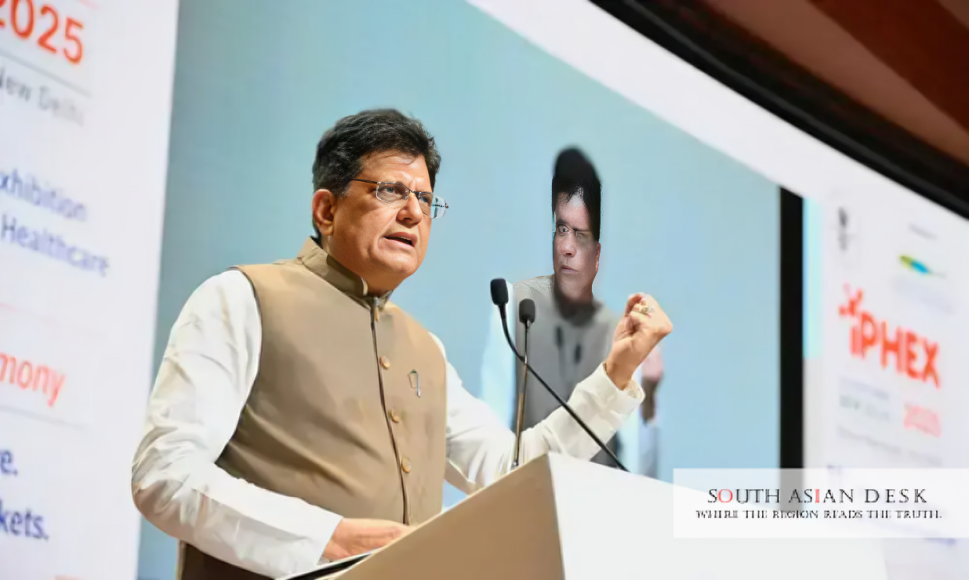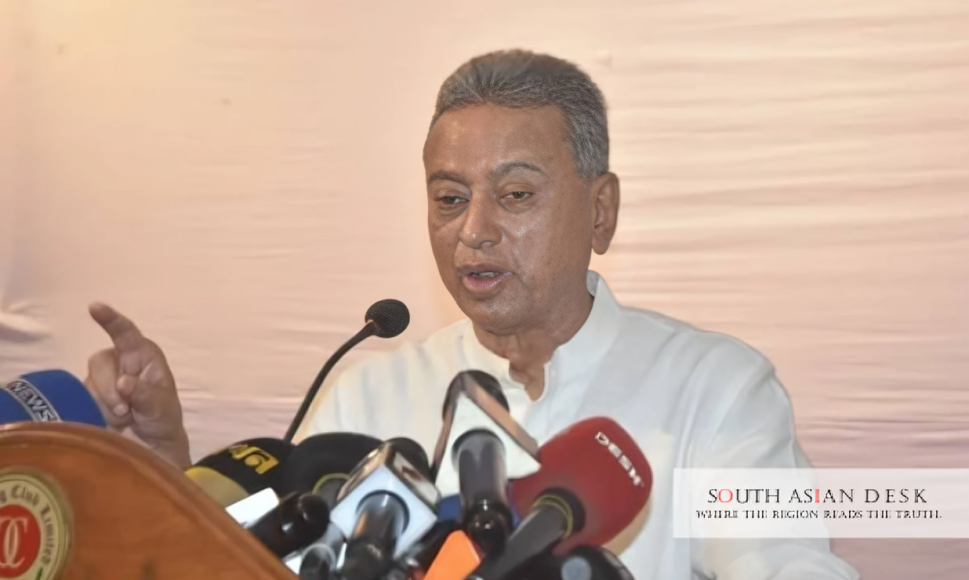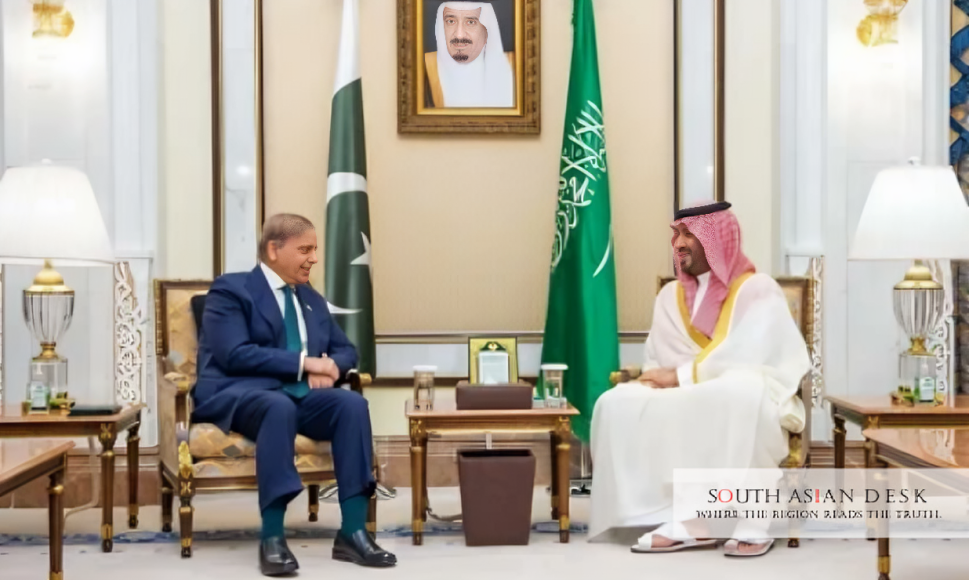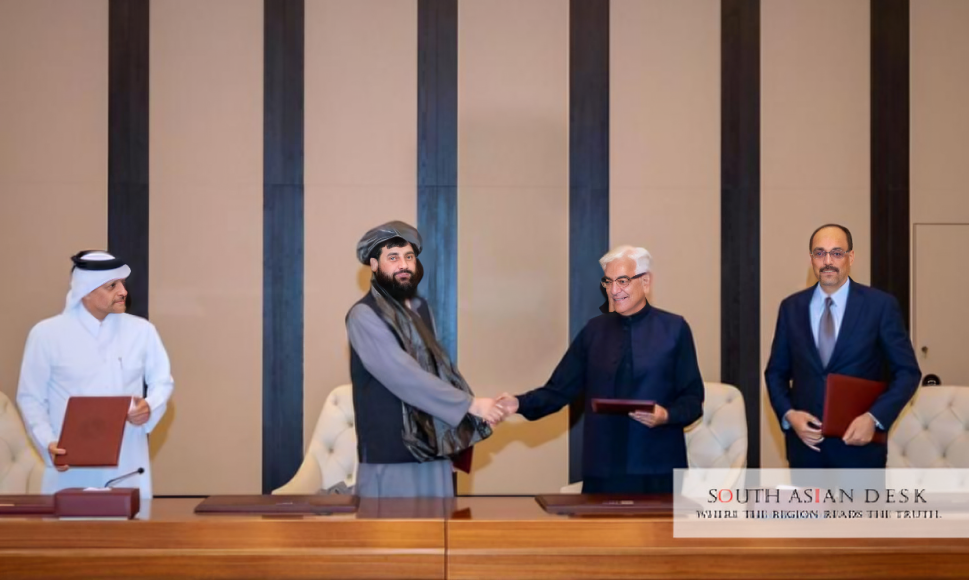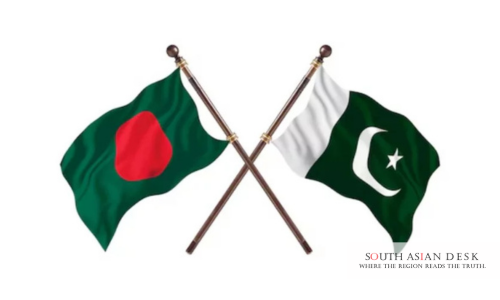New Delhi, October 25, 2025 – Commerce and Industry Minister Piyush Goyal declared on Friday that India won’t rush US trade deal Piyush Goyal’s oversight, rejecting any restrictive conditions during his address at the Berlin Global Dialogue. The statement, delivered amid ongoing negotiations for the India US trade pact 2025, underscores New Delhi’s firm stance on energy security and fair terms. Goyal’s remarks respond to US concerns over India’s Russian oil imports, as talks near completion.
This development holds significance for South Asia’s economic landscape. As India’s largest trading partner in the region, the US pact could reshape supply chains, boost exports in textiles and gems, and address a $45.7 billion goods trade deficit from 2024. For neighbouring nations like Pakistan and Bangladesh, it influences regional dynamics in agriculture and manufacturing, potentially elevating India’s role as a gateway for American investments. Energy choices, central to Goyal’s position, affect fuel prices across the subcontinent, where affordable imports sustain growth amid global volatility.
Piyush Goyal Berlin Trade Statement Sets Tone
Piyush Goyal’s appearance at the Berlin Global Dialogue on October 24 marked a pivotal moment in India’s trade diplomacy. Speaking on the panel “Leaders’ Dialogue: Growing Together – Trade and Alliances in a Changing World,” Goyal emphasised mutual respect in negotiations. “Trade deals are for a longer duration. Trade deals are not only about tariffs, it’s not only about access of goods or services, it’s also about trust,” he stated in a video shared on his official X account.
The event, organised by the European School of Management and Technology, gathered leaders from business, government, and academia. Goyal highlighted India’s resilient economy, with 1.4 billion people and an average age of 28.5 years driving aspirational demand. He positioned India as a $30 trillion economy by 2050, negotiating from strength rather than urgency.
Goyal’s words directly addressed pressures from the US, EU, and UK on India’s purchase of discounted Russian crude. Since Russia’s invasion of Ukraine, India has imported over 40% of its oil from Moscow, saving billions in foreign exchange. US sanctions on Russian producers like Rosneft and Lukoil, announced recently, prompted Indian refiners to review contracts. Yet Goyal rejected any linkage to trade concessions. “We do not do deals in a hurry or with deadlines or a gun on our heads,” he said.
This Piyush Goyal Berlin trade statement aligns with New Delhi’s broader strategy. India seeks balanced agreements that protect domestic farmers and industries. In separate meetings during the visit, Goyal discussed progress with EU Commissioner Valdis Dombrovskis. “We are in active dialogue with the EU but differences around overt regulations remain,” Goyal noted, pointing to 73 European rules he views as barriers to business.
India US Trade Pact 2025 Nears Key Milestones
Negotiations for the India US trade pact 2025 have advanced since February, when Prime Minister Narendra Modi and US President Donald Trump launched talks. A joint statement from India’s Ministry of External Affairs outlined “Mission 500,” targeting $500 billion in bilateral trade by 2030. The first tranche aims for conclusion by fall 2025, covering goods, services, and investment.
An official familiar with the discussions revealed optimism. “We are very near as far as deal is concerned,” the source told Reuters, adding that both sides converge on most issues while refining language. Key sticking points include US demands for greater market access in dairy and grains. India resists full openings to safeguard 100 million small farmers, but sources indicate flexibility on corn and soymeal imports.
Tariff disparities fuel the debate. India’s average applied tariff stands at 17%, versus the US’s 3.3%. On agriculture, India’s rate hits 39%, compared to 5% in the US. These gaps contributed to a dip in US goods exports to India, falling to $5.43 billion in September 2025 from $6.87 billion in August, per US Census Bureau data. Sectors like textiles, shrimp, and gems face 50% US tariffs, prompting India to explore alternatives.
The US Trade Representative’s April fact sheet detailed terms of reference for the bilateral trade agreement. It welcomes India’s tariff cuts on US bourbon, motorcycles, ICT products, and metals, plus enhanced access for alfalfa hay and duck meat. In return, the US eased imports of Indian mangoes and pomegranates. Both commit to reducing non-tariff barriers and deepening supply chains.
Recent diplomacy bolsters momentum. President Trump cited a call with Modi, where the Indian leader assured limits on Russian oil. Indian refiners now plan sharp cuts in imports, potentially clearing a hurdle. Yet Goyal reiterated sovereignty. “India has never decided who its friends will be based on any other considerations other than national interests,” he affirmed.
India’s approach extends beyond the US. The EFTA trade pact, effective October 1, pledges $100 billion in investments over 15 years, creating one million jobs. Talks with the UK and EU progress, though Goyal flags regulatory hurdles in Europe.
Background: Evolving Indo-US Ties
Bilateral trade reached $129.2 billion in 2024, up from prior years, but deficits persist. The “U.S.-India COMPACT” framework, launched in February 2025, catalyses military, commerce, and technology ties. Indian firms invested $7.35 billion in the US, generating 3,000 jobs in states like Alabama and Texas.
Goyal’s Berlin itinerary, detailed in a Press Information Bureau release, focused on Indo-German partnerships. He met German Minister Katherina Reiche and Luxembourg’s Xavier Bettel, chairing roundtables with CEOs from Schaeffler and Mercedes-Benz. These engagements reinforce India’s diversification amid US talks.
The Russian oil factor adds complexity. Western sanctions aim to curb Moscow’s war funding, but India argues for energy affordability. As the world’s third-largest oil importer, New Delhi’s choices stabilise prices for South Asian allies.
What’s Next for India Won’t Rush US Trade Deal Piyush Goyal
As fall 2025 deadlines loom, negotiators target language finalisation. Success could unlock $10 billion in annual US agricultural exports to India, per estimates. Failure risks escalated tariffs under the US’s “America First” policy. India prioritises resilience. Goyal’s vision: deals that foster trust, protect businesses, and align with rule of law in democracies. For South Asia, this pact promises ripple effects in jobs and innovation, cementing India’s leadership.
In conclusion, India won’t rush US trade deal Piyush Goyal champions, opting for terms that serve long-term prosperity.
Published in SouthAsianDesk, October 25th, 2025
Follow SouthAsianDesk on X, Instagram, and Facebook for insights on business and current affairs from across South Asia.


